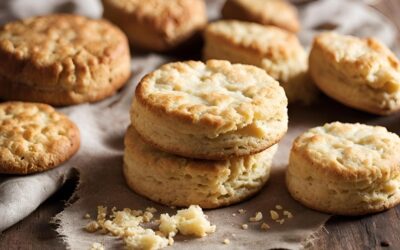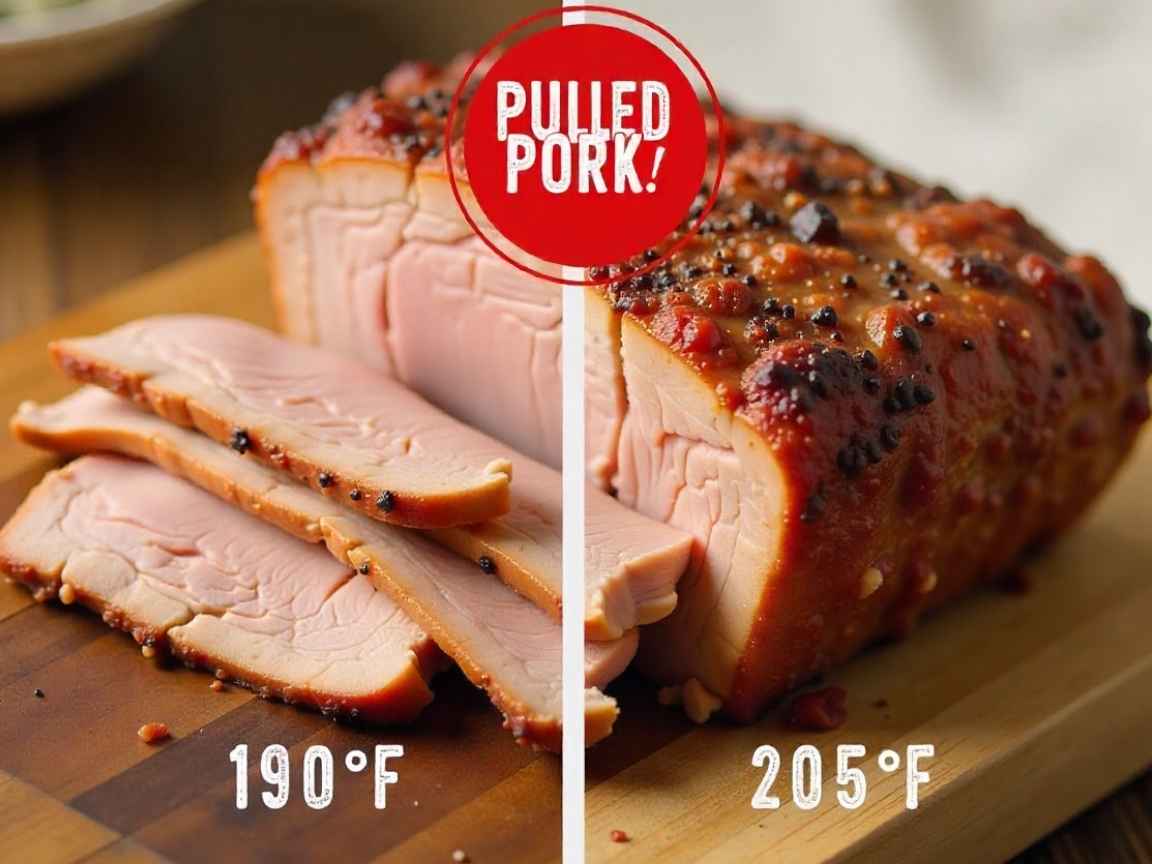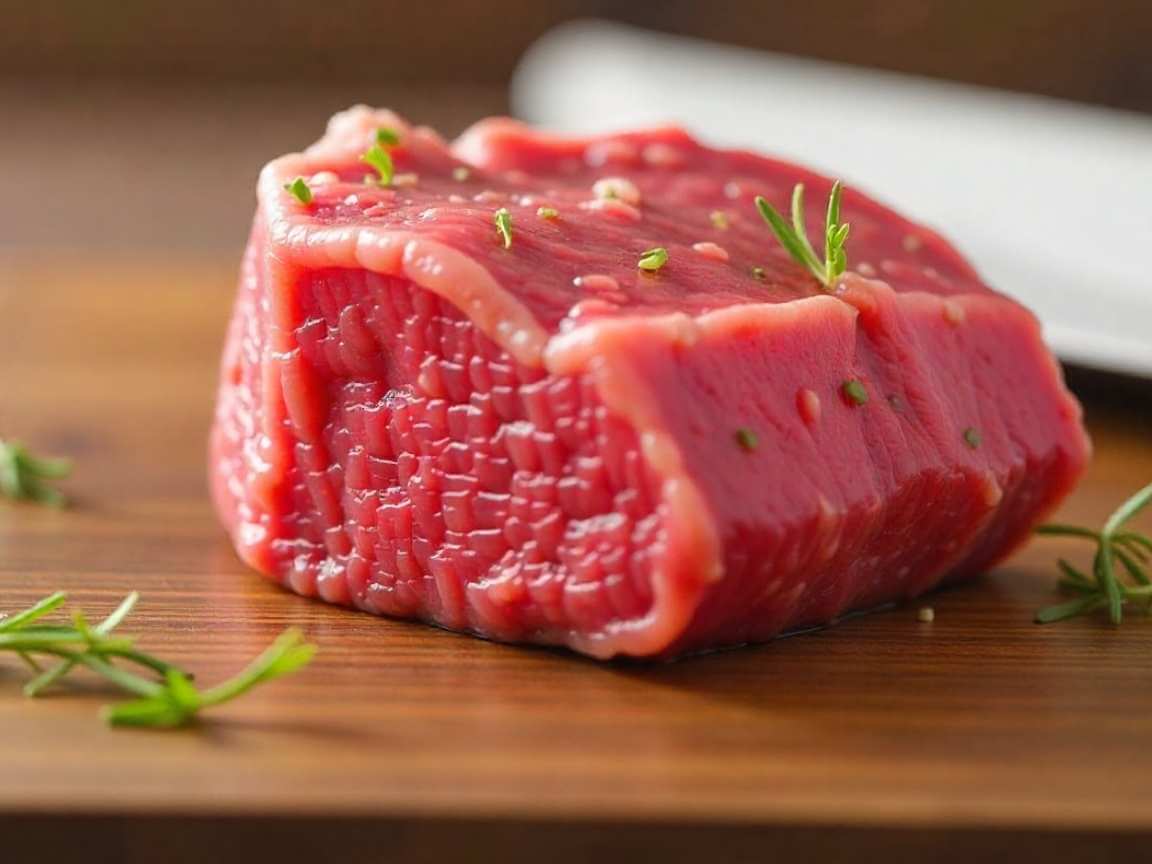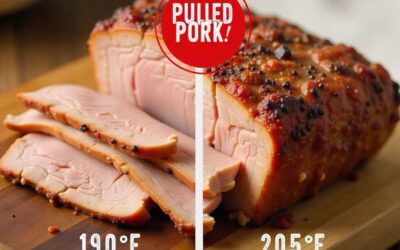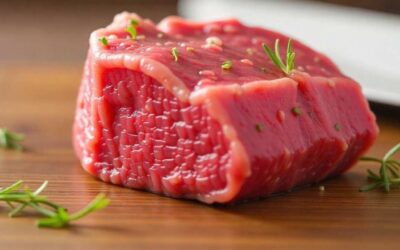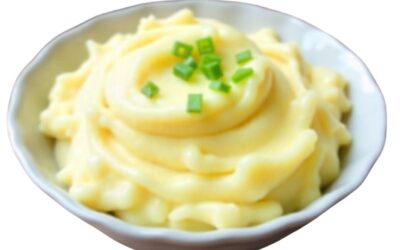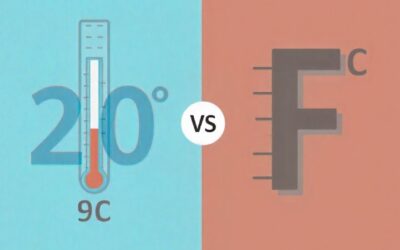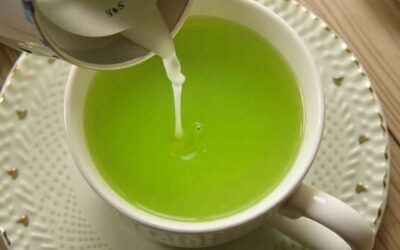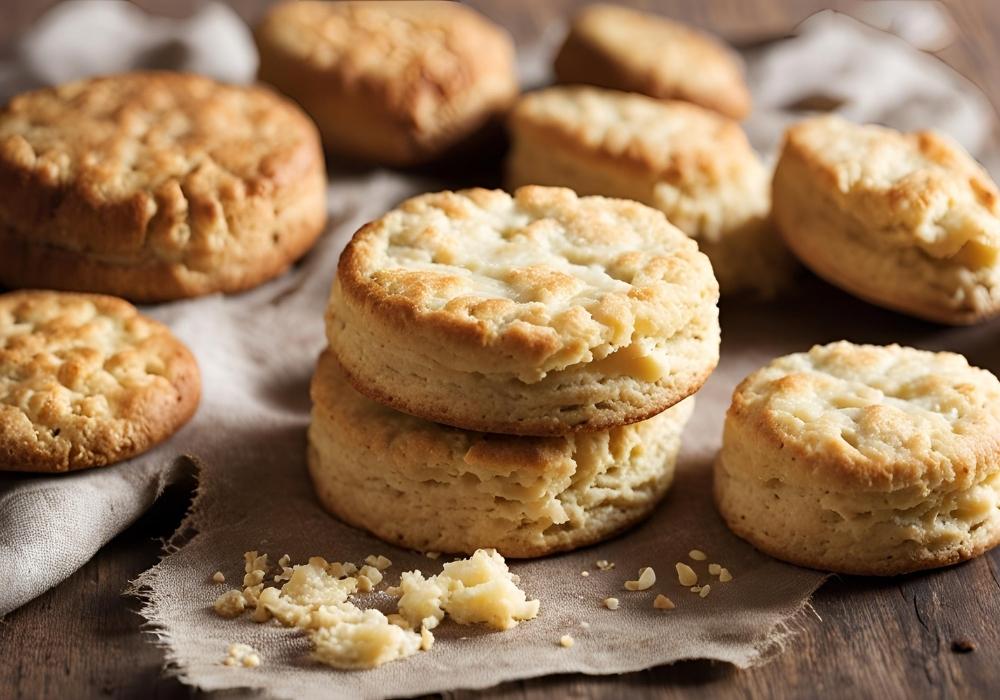Biscuits are a beloved baking staple—whether you’re a fan of flaky buttermilk biscuits slathered in butter or sweet, crumbly varieties for tea, biscuits hold a special place in kitchens everywhere. But an essential question for health-conscious bakers, gluten-free enthusiasts, or those exploring alternative flours is whether biscuits have grains.
The answer isn’t as simple as it seems, and in this blog post, we’ll dig deep into what makes up a traditional biscuit, whether grains are involved, and how you can create grain-free or gluten-free alternatives that taste just as delectable.
What Are Grains and Why Do They Matter in Baking?
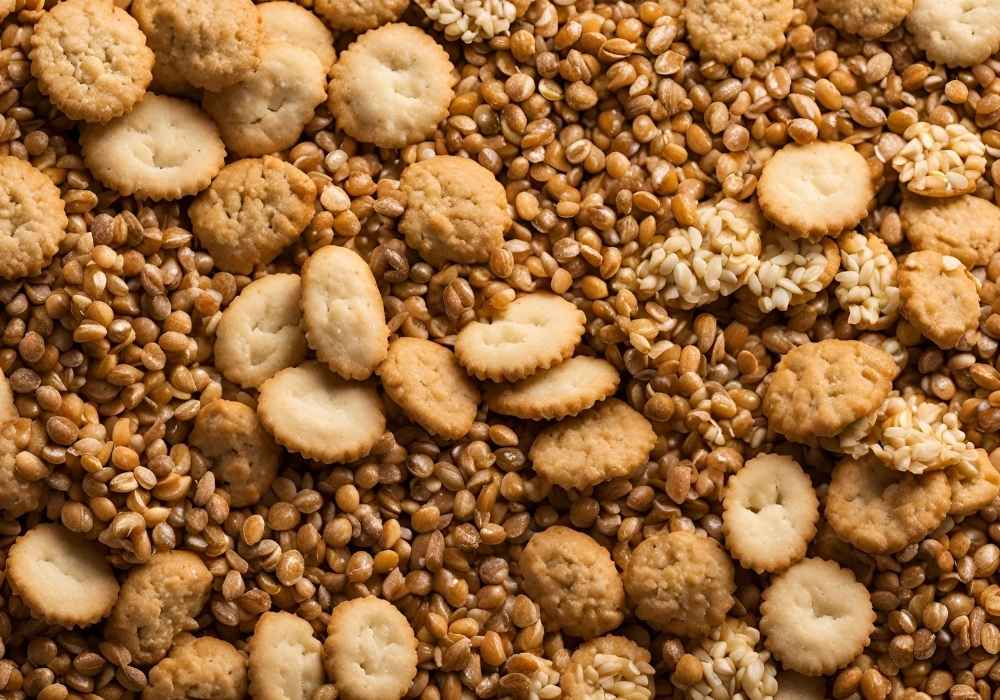
Before we answer whether biscuits contain grains, we must understand what grains are and why they matter in baking.
Grains are tiny, hard seeds harvested from cereal plants like wheat, rice, oats, barley, and corn. These seeds, often milled into flour, are used in baking for their structural and nutritional attributes. Wheat flour is a standard go-to ingredient for most baked goods, including biscuits, because of its gluten content. Gluten gives dough elasticity, helping it rise, hold shape, and maintain a satisfying texture.
Traditional baking ingredients can pose challenges for those avoiding grains—whether due to gluten intolerance, celiac disease, or commitments to paleo, keto, or grain-free diets. Cookies, cakes, breads, and, yes, biscuits traditionally rely on grain-based flour, making it essential to explore alternatives.
Key takeaway: Typical biscuit recipes rely heavily on grain-based flour, such as wheat, making grains an integral part of most traditional biscuits.
Are Traditional Biscuits Made with Grains?

The short answer is yes. Traditional biscuits are almost always made with grain-based flour. The classic ingredients include wheat flour, baking powder, butter or fat, sugar, and milk or cream. This reliance on wheat flour, a grain-based product, means grains are inherent in nearly all conventional biscuit recipes.
Flaky Biscuits
Southern buttermilk or flaky biscuits rely entirely on all-purpose or self-rising flour made from grains. The presence of gluten in wheat flour creates an airy, fluffy texture.
Sweet Biscuits
The same holds for sweet biscuits like shortbread, croissants, or scones. Wheat flour remains the standard base, bolstered by sugar and fat, to create variety in flavor.
While grains are a primary component of these recipes, modern dietary trends and innovations in baking have exploded with alternatives to suit different needs.
Gluten-Free Biscuits vs. Grain-Free Biscuits
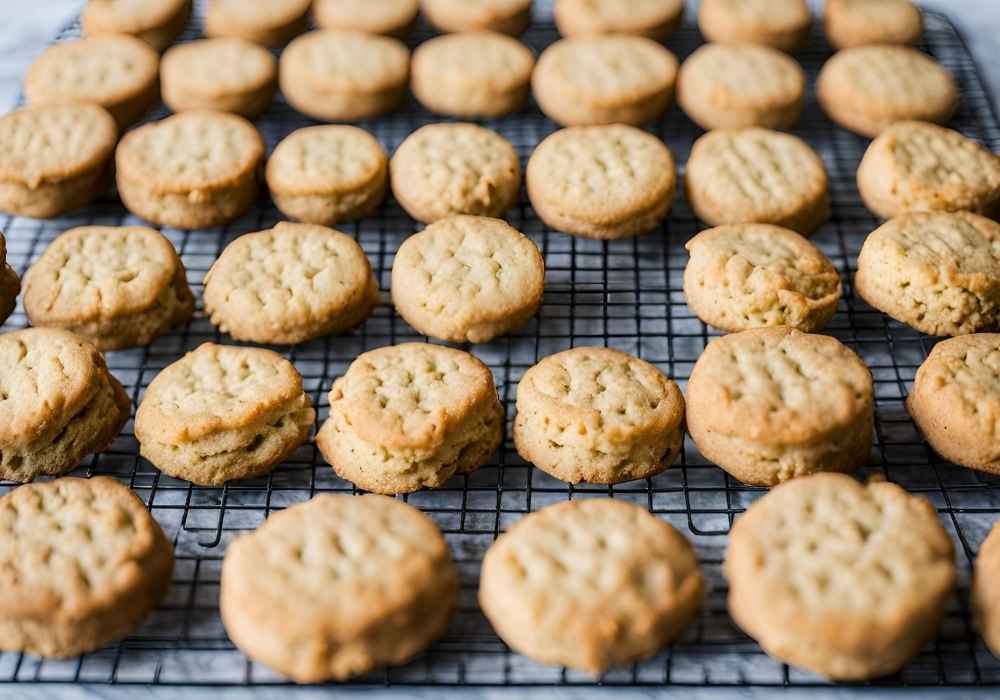
Many people equate gluten-free baking with grain-free baking, but the two differ! Grains and gluten overlap, but they’re distinct concepts. Therefore, gluten-free biscuits aren’t automatically grain-free, and vice versa.
Gluten-Free Biscuits: These are free of gluten, a protein found in wheat, barley, and rye. However, they may still contain grains like corn, rice, or oats.
Grain-Free Biscuits: These don’t contain any cereals or seeds falling under the grains category. Instead, they might use almond, coconut, or cassava flour.
Understanding this distinction can help bakers choose the right approach for their dietary preferences or restrictions.
How to Bake Grain-Free Biscuits
There’s good news about enjoying biscuits while steering clear of grains. With the proper substitutions and techniques, you can create grain-free biscuits that rival—or beat—traditional tastes and texture. Below, we’ll walk you through the steps and ingredients necessary for delicious grain-free baking.
1. Choose a Grain-Free Flour
The key to grain-free baking is swapping out traditional flour for grain-free options. Popular choices include:
- Almond Flour: Made from finely ground almonds, this flour delivers a moist, nutty flavor that pairs beautifully with biscuits.
- Coconut Flour: A high-fiber alternative with a slightly sweet taste, though it requires extra moisture due to its absorbent nature.
- Cassava Flour: Derived from yuca, this flour is starchy and neutral-tasting, making it a good choice for replicating the texture of traditional flour.
- Tapioca Starch and Arrowroot Flour (for binding): These are often used alongside almond or coconut flours for improved consistency.
2. Adjust the Ratios
Grain-free flours behave differently than traditional wheat flour. Here’s what to keep in mind:
Almond Flour: Use a 1-to-1 substitution ratio, but be prepared for a denser texture.
Coconut Flour: Use sparingly—typically, ¼ cup of coconut flour replaces 1 cup of wheat flour. Increase liquids (milk, butter, or eggs) to balance their absorbency.
Cassava flour and tapioca starch are closest to wheat’s behavior and can often replace it in nearly equal amounts.
3. Add a Leavening Agent
Grain-free flours don’t naturally rise as much as wheat flour. Add baking powder or baking soda to give your biscuits an airy lift.
4. Use Fat Smartly
Fat, like butter or even coconut oil, adds flavor and keeps the biscuits from turning out dry. To achieve flakiness, try chilling the fat before mixing.
Grain-Free Biscuit Recipe Example
Want a quick grain-free biscuit recipe? Here’s one to try:
- Ingredients:
- 2 cups almond flour
- 2 tsp baking powder
- ½ tsp salt
- 4 tbsp cold butter (or coconut oil)
- 2 large eggs
- 2 tbsp milk (or almond milk for non-dairy options)
- Directions:
- Preheat your oven to 350°F (175°C).
- Mix the almond flour, baking powder, and salt in a bowl.
- Cut in the chilled butter until the mixture is crumbly.
- Beat the eggs and milk together, then combine with the dry ingredients.
- Drop spoonfuls of dough onto a lined baking sheet and bake for 12–15 minutes or until golden brown.
Why Grain-Free Biscuits Are Worth Trying
Beyond dietary restrictions, there are plenty of reasons to explore grain-free biscuits. Many grain-free flours are higher in protein, healthy fats, and fiber than wheat flour, contributing to a more nutrient-dense treat without the sugar crash that refined grains can bring.
Grain-free flours also allow for the exploration of rich, new flavors. Coconut flour adds a sweetness, almond flour gives a nutty undertone, and cassava flour’s neutral taste provides versatility for both savory and sweet applications.
Find the Biscuit Approach That Works for You
For gluten-free bakers, health-conscious eaters, or anyone exploring alternative ways to enjoy classic staples, understanding whether biscuits contain grains is the first step to making informed choices. Traditional biscuits are typically grain-based, but thanks to innovative alternatives like almond, coconut, and cassava flours, grain-free baking is more accessible (and delicious!) than ever.
Try swapping out traditional flour in your next biscuit batch—or better yet, experiment with different grain-free flours to find the taste and texture you love. Once you perfect your grain-free biscuit, the possibilities are endless.










